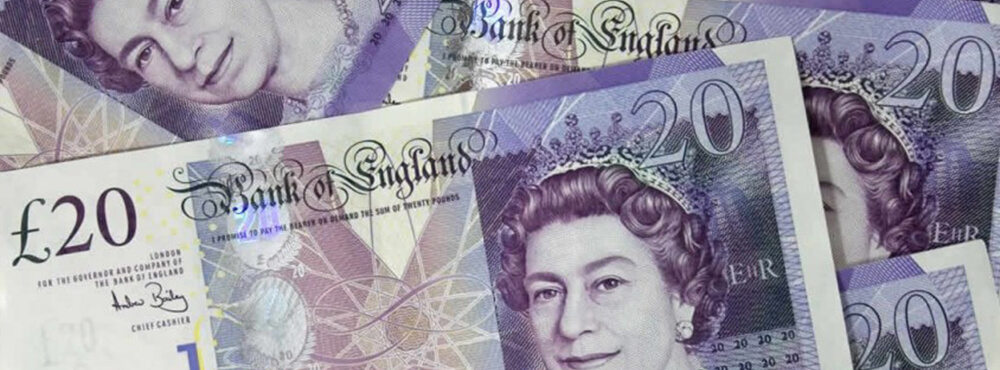The security of cash machines has always been a subject up for debate, with companies constantly trying to find ways to prevent crimes like fraud and theft. It’s not just the customers that need protection either – the cash machines themselves are fast becoming targets for criminals wanting quick access to at times substantial sums of money.
In a bid to learn more about what companies and consumers can do to improve ATM security, YourCash spoke to LINK’s head of development and external relations, Mr. Graham Mott
YourCash: There’s been a lot of press recently about cash machines being stolen by diggers and other heavy machinery that lift them off the spot and into vans etc. How can companies or licensees mitigate these risks and keep their machines safe?
Graham Mott: The first and most obvious thing is to be aware of the surroundings, especially if there are any building sites nearby that have access to JCBs and similar equipment. Criminals rarely want to travel far so having equipment nearby is a definite risk factor. If you do spot something, contact the local police or the site directly and ask them to make sure that any plant machinery is secure or removed. As a last resort the ATM can be de-cashed at night while the work is going on.
YC: Do you believe that the reason for these types of theft is because of the stringent security standards enforced on ATM suppliers?
Graham Mott:
Always protect your PIN by keeping it safe and secure, and covered when using the ATM
GM: That may well be a factor. In all types of crime it tends to be reaction and counter reaction so improved protection in one area can lead to criminals looking for weak spots elsewhere.
YC: Similarly, do you have any advice for customers on staying safe when using ATMs?
GM: Firstly, you should always protect your PIN by keeping it safe and secure, and covered when using the ATM. This is best done using your wallet or purse and you don’t need to feel self-conscious at an ATM. Never write your PIN down, even if hidden or coded. The other thing is to always report any problems immediately. For example, if the ATM swallows your card, phone your bank straight away – ideally while still in front of the ATM. That way the card can be blocked and a replacement issued and no one else can use the card. Having your bank’s emergency number stored in your phone is a good idea too.
YC: What are the main points of contact for someone who notices any security issues with an ATM?
GM: Always contact the bank or building society that gave you your card. They have access to your account and all the information to help. The only exception is when there is an obvious problem with the ATM that didn’t affect the transaction. For example, it was just dirty. In which case the ATM operator would probably like to know.
YC: LINK is currently working closely with Crimestoppers’ charity to encourage users to report cash machine crimes with rewards up to £25,000. How important is it that customers are involved in this process and that it isn’t simply left to charities and the police?
GM: Customers can be eyes and ears for the police and we are always interested in anything suspicious or information that may lead to arrests of someone involved in ATM crime. This may be something unusual attached to the machine, or someone having a lot of odd computer equipment and seems to travel around to numerous cash machines. In most cases someone acting suspiciously should be easy to spot. ATM crime is not victimless. Whilst fraud losses are made good by the bank, the cash stolen is often spent on other crimes like drug dealing and the organized gangs involved are often involved in a wide range of criminal activity.
YC: If customers do spot cash machine crime, whom should they contact?
GM: Always contact the police in the first instance. Do not take personal risks and do not remove equipment that appears to be attached to the ATM. Criminals might be watching and may try to get it back.
YC: Are there any typical tell tale signs that people can look out for that might identify cash machines that have been tampered with?
GM: Extra devices are often attached around the card insert slot. They may only be loosely attached and if it is a skimming device then the additional card reader may be visible as a small silver coloured blob. People hanging around the ATM are likely to be obvious and people who offer to “help”, especially if a card is appears jammed in the ATM, should always be treated with care. As before remember to keep your PIN secret.


